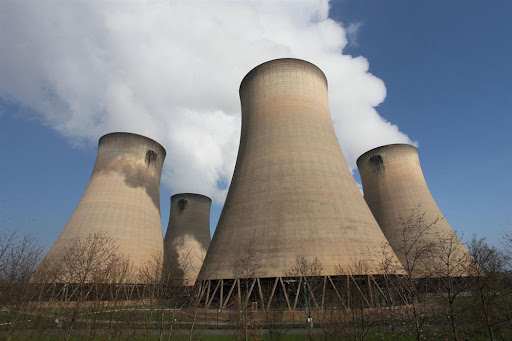An analysis has shown that the UK’s worst methane hotspots include the last coalmine, livestock farm clusters, landfills, power plants and North Sea oil and gas wells.
According to the analysis, the process has also thrown up serious doubts over the UK’s ability to calculate its methane emissions. The Guardian and Watershed Investigations analysed official methane emissions data from the National Atmospheric Emissions Inventory (NAEI) along with information on the Watershed pollution map to identify Britain’s methane hotspots.
The analysis showed that top of the list was a site near Glynneath in Wales, home to the Aberpergwm colliery, the UK’s last coalmine. Next was Selby, the location of industry including Drax power station, as well as a number of old landfills and farmland. The top 10 also includes power stations, oilwells and Slough trading estate, home to a wide range of industry.
In Northern Ireland for instance, the sites with the highest emissions are in areas near landfills and farms. Using livestock figures, the analysis also found a strong correlation between methane emissions and areas of the UK where high numbers of cattle are farmed for dairy or beef. These include south-west Scotland, Cumbria, Devon and south-west Wales.
Read also: Report: Constantine Arch in Rome damaged by lightning during violent storm
Across the UK, open and historical landfills correspond with elevated methane emissions. All 100 hotspots can be seen on the Watershed pollution map.
Greenpeace’s chief scientist and policy director, Dr Doug Parr, said: “These alarming findings highlight that, despite the UK joining a global pledge to reduce methane emissions by nearly a third by 2030, a proper British action plan has yet to materialise.
“Given its potency, and the fact that it is in fact a short-lived greenhouse gas, reducing methane emissions could help rapidly slow the warming that is creating the climate crisis.
“The new government must fulfil the UK’s international promises, and has the opportunity to come up with an exemplary, internationally leading plan for tackling methane from both the energy and farming sectors.”
Story was adapted from the Guardian.
